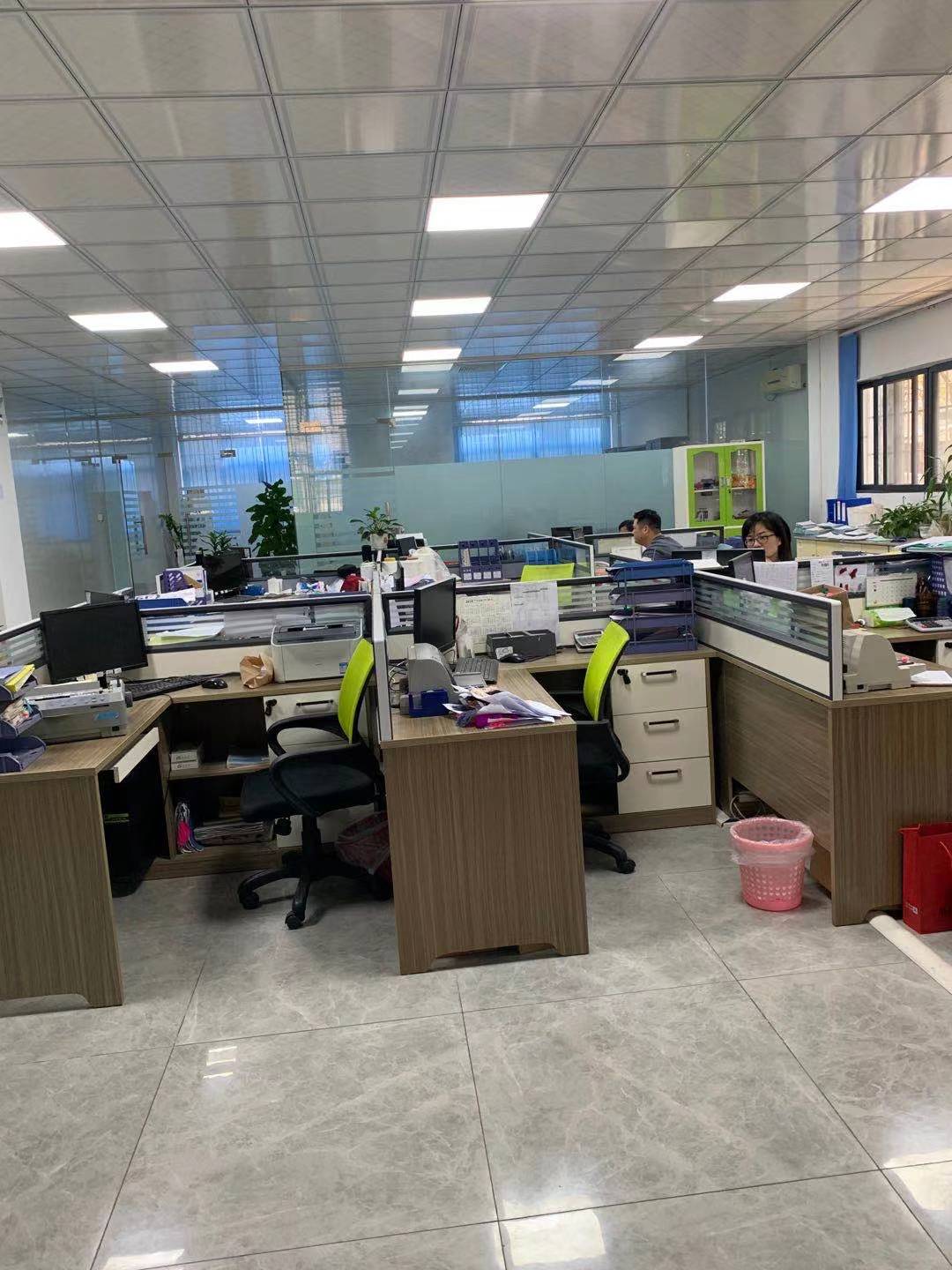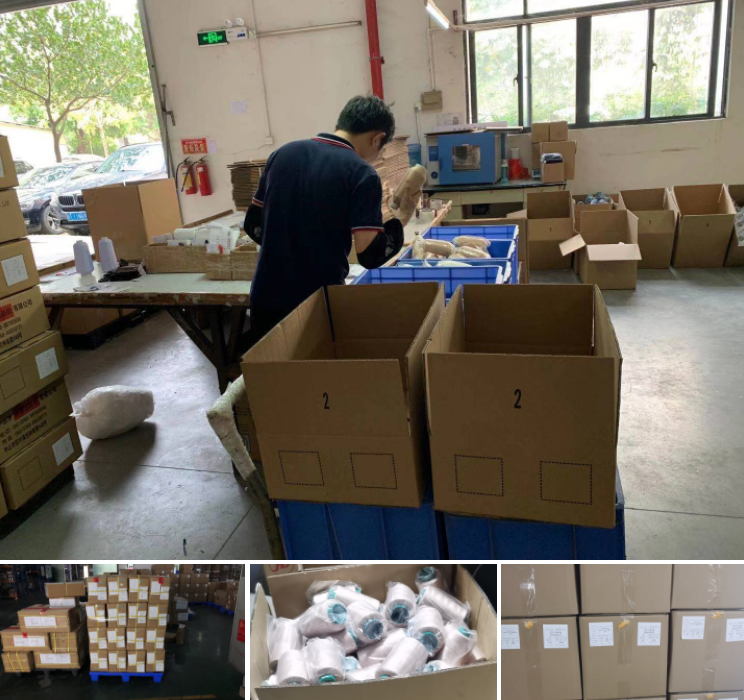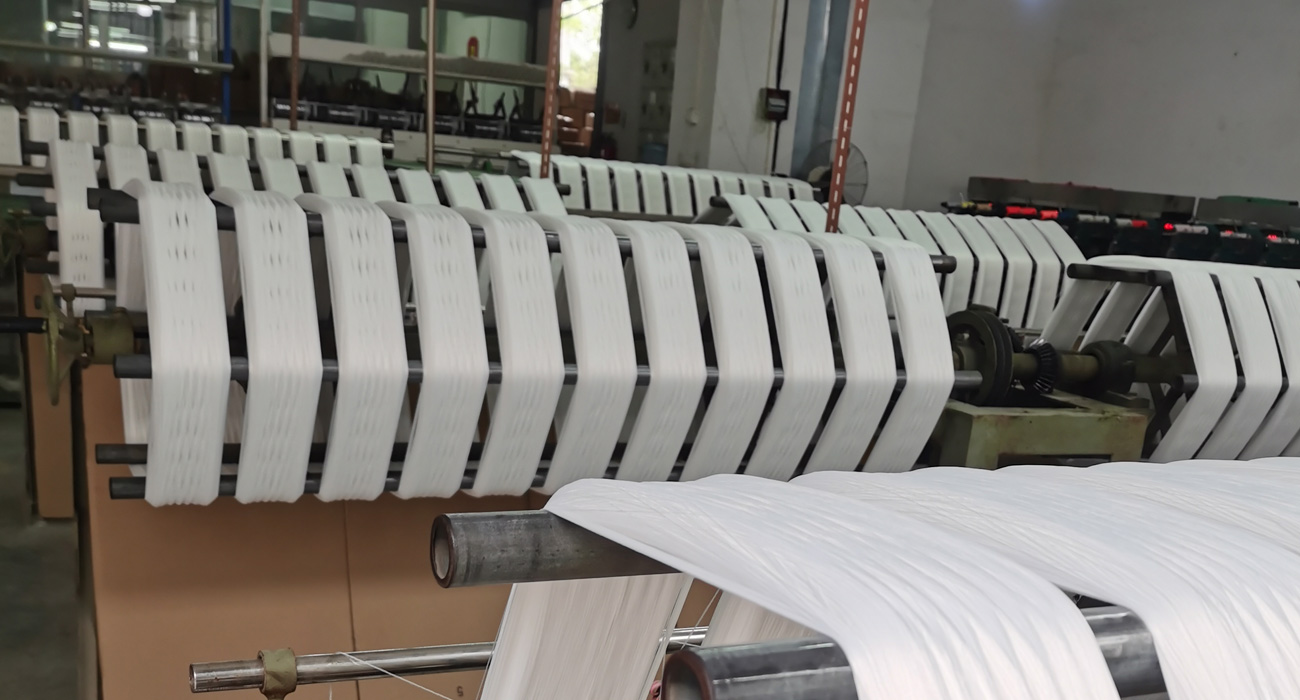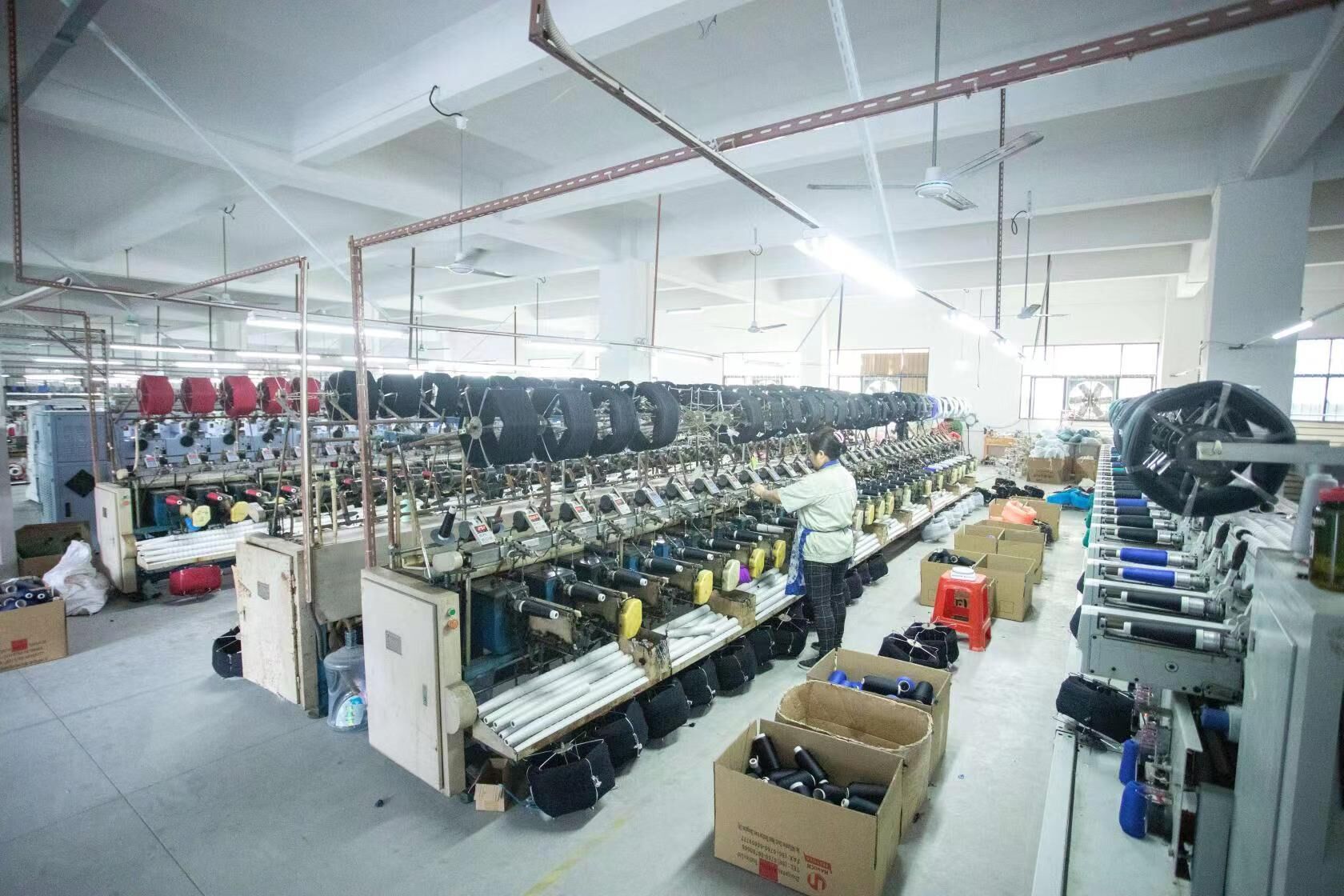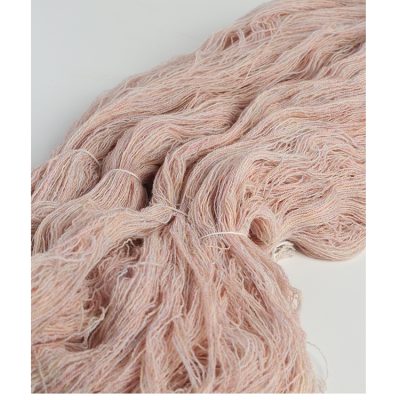
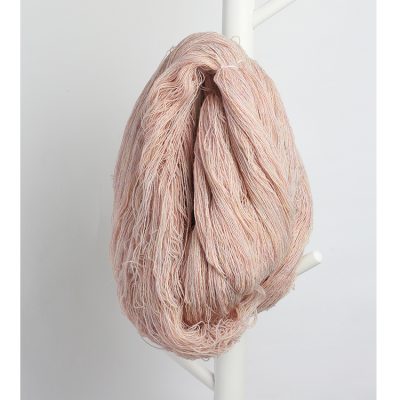
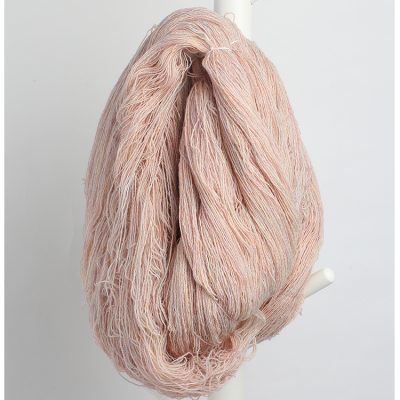
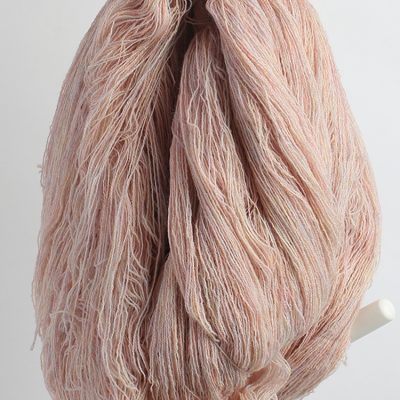
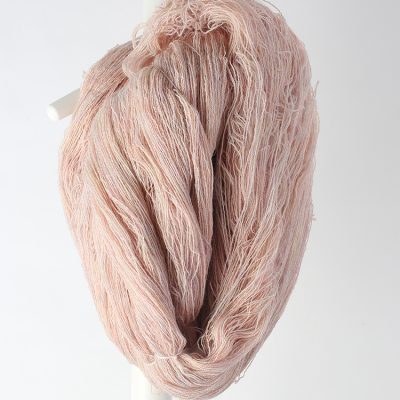
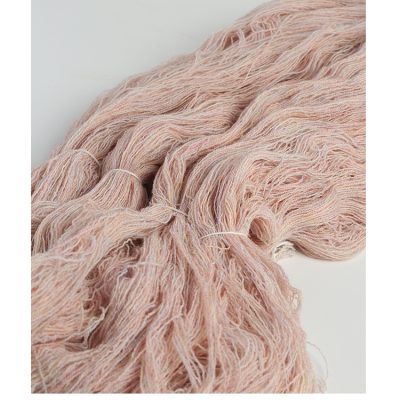
| Product Name | Acrylic Yarn |
| Material | 100% Acrylic |
| Yarn Type | Spun |
| Pattern | Raw |
| Feature | Anti-Insects, Anti-pilling, High Tenacity |
| Wight | 600g |
| Evenness | Smooth |
| Yarn Count | NM2/30 |
| Color | raw white or any color |
| Usage | sweater,socks,hats,blankets and so on |
| Size | 0.4mm |
| Technics | Ring spun |
| Feature | anti-pilling,anti-insects, heat resistance, alkali-resistance |
| key words | 100% high bulk acrylic yarn |
| Key word | acrylic knitting yarn |
| keyword | 2/30 acrylic yarn |
Acrylic fiber is the trade name of polyacrylonitrile fiber in my country. Acrylic fiber has excellent properties and is called “synthetic wool” because its properties are close to wool. Since industrial production in 1950, great development has been achieved. In 1996, the world’s total acrylic fiber output was 2.52 million tons, and my country’s output was 297,000 tons. In the future, my country will vigorously develop acrylic fiber production. Although acrylic fibers are usually called polyacrylonitrile fibers, acrylonitrile (usually called the first monomer) only accounts for 90% to 94%, the second monomer accounts for 5% to 8%, and the third monomer accounts for 0.3% to 2.0. %. This is because the fiber made of a single acrylonitrile polymer lacks flexibility, is brittle, and is very difficult to dye. In order to overcome these shortcomings of polyacrylonitrile, people use the method of adding a second monomer to make the fiber soft; adding a third monomer to improve the dyeing ability.
The performance of polyacrylonitrile fiber is very similar to wool, with good elasticity. The resilience rate can still be maintained at 65% when elongation is 20%. It is fluffy and soft, and its warmth retention is 15% higher than that of wool.The strength is 22.1~48.5cN/tex, which is 1~2.5 times higher than wool. It has excellent light fastness, and its strength is only reduced by 20% when exposed to the open air for one year. It can be made into curtains, curtains, tarpaulins, gun clothing, etc.Acrylic fiber is called artificial wool. It has the advantages of softness, bulkiness, easy dyeing, bright color, light resistance, antibacterial, not afraid of insects, etc. It can be spun purely or blended with natural fibers according to the requirements of different purposes. Its textiles are widely used in clothing, decoration, industry and other fields .
